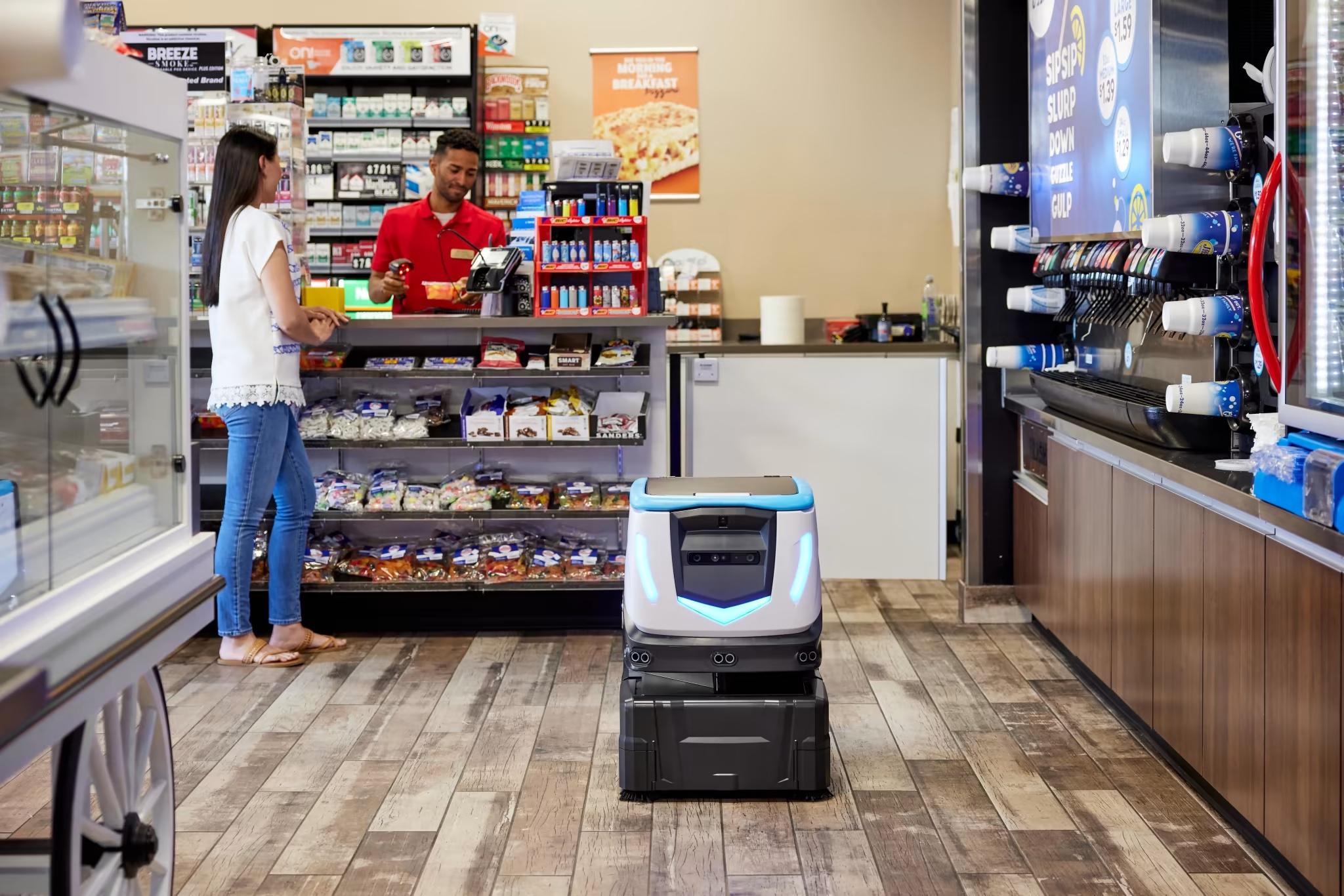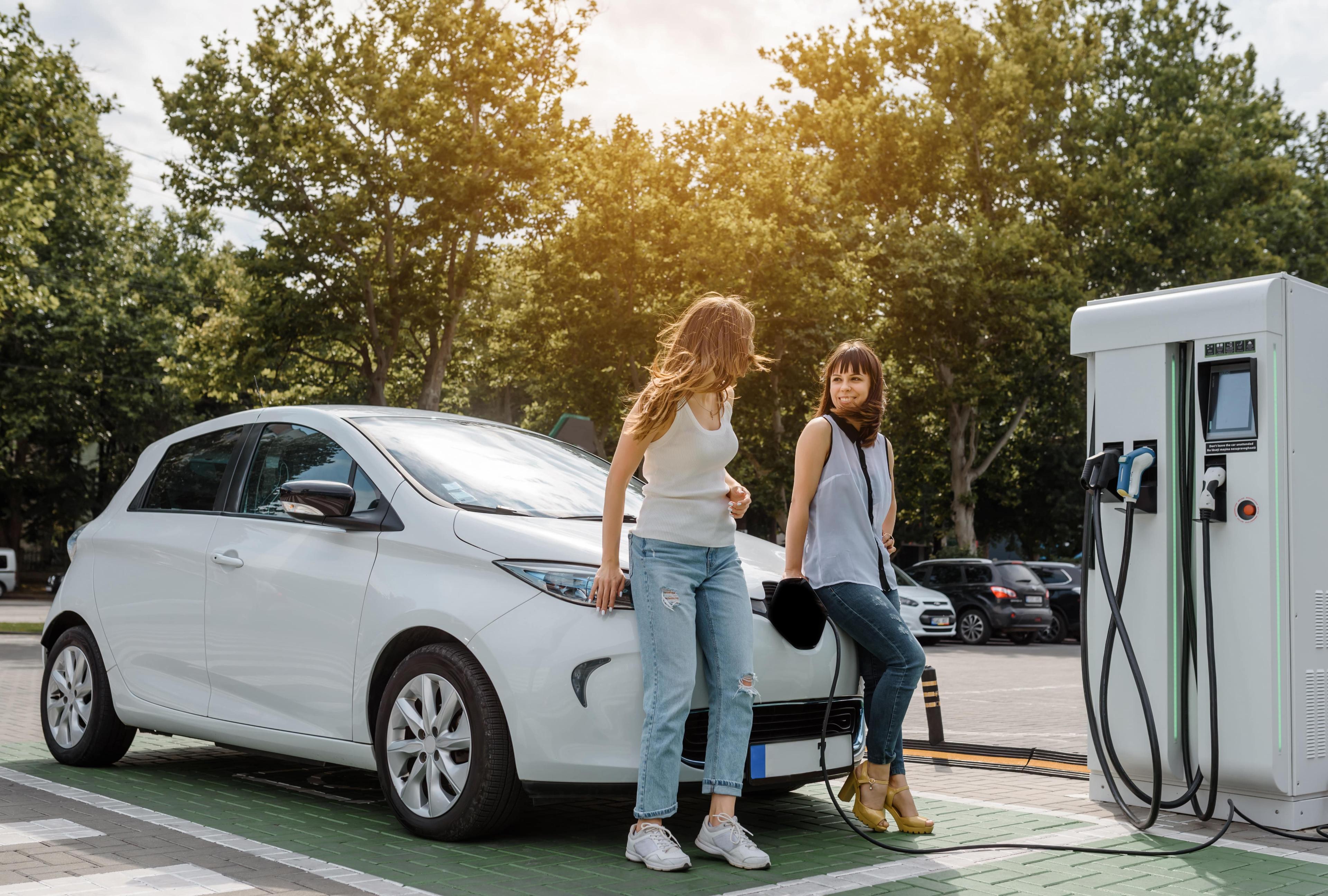December 08, 2022
Lifestyle Trends Changing the Convenience Store Landscape


After suffering steep declines in fuel sales during the pandemic, the convenience store industry is now on an upswing toward pre-pandemic sales levels.
The pandemic brought store closures and decreased sales as people stayed home and the workforce landscape changed—working from home meant less commuting and a decrease in fuel purchases.
Interestingly enough, the total number of convenience stores in the U.S. is the same in 2022 as it was in 2012.
According to Nielsen IQ, “...the overall store count is nearly identical to what it was a decade ago (148,126 stores in 2012), reinforcing the stability of the channel.”
In addition, even though sales were down because of the pandemic, in-store sales actually increased as consumers found themselves relying on convenience stores for basic items that local grocery stores could not keep in stock, and for “fast-food” or prepackaged food items.
According to Convenience Store News, citing 2020 NACS state of the industry data, “Total industry inside sales increased 1.5% to a record $255.6 billion in 2020 as customers frequented their local convenience stores to fulfill daily shopping needs,” signaling new trends in the use of convenience stores.
While the pandemic helped expedite changes in lifestyle and shopping behavior, consumers were already adapting to a variety of technologies designed to make shopping easier.
Things like mobile ordering, curbside pickup, and delivery have now become commonplace as consumers have adapted and plan to continue to use these platforms.
In addition, working from home, and a greater focus on health and wellbeing are also greater points of concern for today’s consumer—driving them to change their shopping habits.
For convenience stores, this means restructuring how they provide goods and services and the types of goods and services they will offer, to bring customers back into the store.

While this may seem obvious, there is growing pressure across the retail industry to make the shopping experience even easier.
Consumers are less likely to wait in lines and more likely to avoid going into stores if they can avoid it.
Since convenience stores make a larger profit margin on goods sold in the store than they do on fuel, getting customers into the store is important.
According to a press release regarding the BluDot Convenience Experience Report, “Research...uncovered significant demand for mobile ordering, drive-thru, and curbside pickup. 61% of consumers state they would visit a C-store more often if all were available.”
Because of this many major convenience stores have started to offer delivery, and curbside pickup, and have implemented cashier-less checkout, all to streamline the shopping journey and appease customers.
The emphasis on experience and service continues to drive shoppers to expect more from convenience retailers.
This comes at all levels, from the quality of items offered to the cleanliness of the store to how the purchase is made (through an app or in the store), consumers expect the entire experience to be exceptional.
“To succeed convenience stores, need to carry a high-quality selection of food and merchandise, have fast and friendly service, competitive pricing, clean stores and restrooms and well-thought-out signage and store layouts,” according to Explorer Research
Customer service plays a crucial role in this since it is up to staff to make sure stores are stocked, and clean, and items are ready to go when the customer wants them.
Because of this, convenience stores are looking for ways to automate processes to free up staff to focus on the customer service aspect.
And while service is key, so is store cleanliness. In fact, “84% of customers who stop for a fill-up say store cleanliness is a factor for going inside for an additional purchase,” according to Explorer Research.
One way convenience stores are delivering cleanliness and service is by deploying robotic floor scrubbers, like Cobi 18.
Cobi 18 can be started easily by any staff member, it cleans the floors autonomously and can be deployed throughout the day. It is designed to navigate complex environments like convenience stores and due to sophisticated AI moves around people and obstacles.
Additionally, since the cobot (collaborative robot) can be started with the touch of a button, staff can focus on guests and keep food and coolers stocked while the floors are cleaned.
Autonomous solutions like Cobi help convenience stores focus on the customer experience in many ways. The store is kept cleaner, customers get better service, and adding innovation to the environment adds excitement and interest to the overall store experience.
Consumers are increasingly focused on improving their health and are making healthier food choices.
According to NielsenIQ, from their 2022 State of the Consumer Report, data shows that 63% of consumers are focused on physical health.
Convenience stores have started to see this shift in terms of what shoppers purchase from stores.
“For upcoming trends this year, beverages and healthy snacks are making an explosion into the c-store market, driven by recent focus on going bold with flavors and healthier alternatives respectively” reports Kerri Gill.
Because of this, convenience stores have added healthier options, such as low-sugar and keto-friendly items and even fruits to their offerings. Convenience stores continue to improve upon these types of selections in locations where healthier alternatives are more often chosen by their consumer market.
The pandemic brought shoppers into convenience stores looking for items that other retailers couldn't keep in stock, or for fast-food options when restaurants were closed. This built a new reliance on convenience stores to continue to provide these things.
According to PR Newswire “Data indicates consumers are putting C-stores on par with fast food restaurants. Nearly 6 in 10 consider purchasing a meal from a convenience store when stopping for fast food.”
This has brought with it many partnerships with fast food chains or even local stores that sell prepared food.
In fact, CSP Daily News points out, “C-stores have seen a +10.5% annual growth rate in food prepared on-site over the past 9 years. Research and examples overseas have shown that consumers are looking for a meal bundle, especially at lunchtime.”
Convenience stores now have areas dedicated to prepared food by other restaurants, like Little Caesars Pizza for example. Little Caesars provides pizza and breadsticks for the dedicated spot in the store making it possible for the convenience store to provide more options for busy commuters and shoppers.
Similarly, cooler areas with prepared sandwiches, salads, and other grab-and-go food have grown, so consumers have a wider variety of options.
This plays nicely to answering the call for healthier options as cooler areas provide room for these healthier choices as well.

As electric vehicles become more popular, convenience stores are working to find ways to bring those consumers inside the store.
Electric vehicles bring challenges in separate ways since electric vehicles do not require fuel, but to charge the car, owners are typically at the charging station for 25-30 minutes. This means convenience stores can bring those consumers into their stores for longer periods of time. The hope here is that it leads to increased purchases of items in the store
With that comes finding ways to satisfy the changing needs. In an article posted by NACS consumers cited different wants from stores that offer electric vehicle charging.
“When asked what amenities would be most valuable in an EV-dominant future, respondents selected coffee shops/cafes (39%), followed by sit-down restaurants (29%) and business centers or places to work (11%).”
This has prompted some convenience retailers to remodel or change the look of their stores completely. More convenience stores are offering sit-down areas for patrons to eat, work and even watch TV.
The draw here is that the more time a person spends at the store, the more likely it is they will purchase goods.
Loyalty programs are growing in popularity and many convenience stores now offer promotions and loyalty points that are easily accessible through apps.
As consumers tighten their wallets, searching out deals on the items they want is increasing in priority.
Through loyalty programs, convenience retailers can capitalize on this by offering discounts on a variety of times through the program.
According to Explorer Research “Loyalty reward programs have become increasingly important for C-stores. They must leverage this data and create reward experiences that appeal to their customer's behaviors and preferences.”
By using apps and offering loyalty programs, convenience retailers gain access to other data they can use to make the experience even more desirable for shoppers.
“C-stores have the ability to localize and customize (by affluence, ethnicity, age, brand affinity, and more) and then tailor their products to meet and then eventually exceed what they know of their customers' expectations. They must try to get away from the “one size fits all” mindset and give customers a reason to choose one store over another,” notes
Offering loyalty programs and using the information to better serve their customers will only help convenience stores as they continue to transition their offerings to keep up with changing lifestyles.
Convenience stores are not alone in facing these challenges. Retailers of all varieties are working to evolve and keep up with a consumer base that is more healthy and environmentally focused, and less willing to put up with time spent in line or searching for the things they want.
For convenience stores, this means using the data to understand their consumer base and providing a variety of options and solutions to support the lifestyle trends of today and tomorrow.
ICE Cobotics is a technology and cleaning equipment company specializing in automation. If you would like more information on Cobi 18, please reach out to our Automation Experts.
Ready to Explore Automation? Talk to an Automation Expert